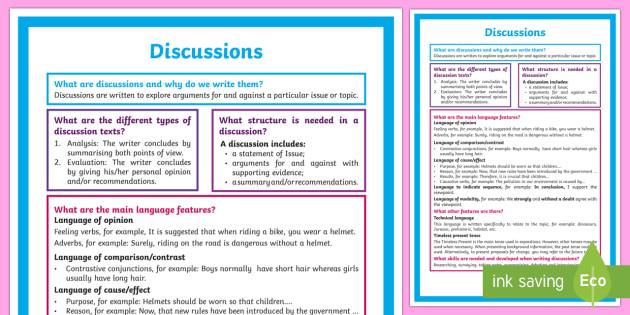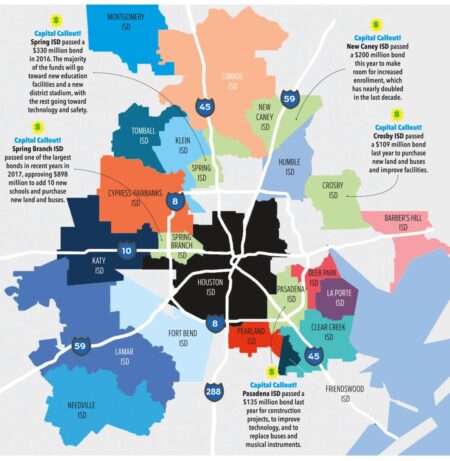Houston’s political landscape stands on the brink of transformation, driven by a surge in engagement among Hispanic communities and young adults. According to a recent report by the Kinder Institute for Urban Research, these demographic groups possess the potential to reshape local and regional politics significantly. However, their impact hinges on one critical factor: voter turnout. As Houston’s diversity continues to grow, experts emphasize that mobilizing these often underrepresented voters could alter the balance of power not only in the city but across broader political arenas. This analysis explores the challenges and opportunities facing Hispanic and young voters and what their participation means for future elections.
Hispanic Voter Influence Set to Transform Houston’s Political Landscape
However, analysts caution that turnout remains the critical barrier. Despite their numbers, low participation rates among young Hispanics could stall momentum. Experts recommend robust voter education initiatives emphasizing:
- The power of each vote in shaping policies that directly affect their communities
- Accessible voting options, including early voting and mail-in ballots tailored to busy or first-time voters
- Community leadership stepping up to inspire and organize at grassroots levels
| Demographic | Population % | Voter turnout (2022) |
|---|---|---|
| Hispanic Adults | 45% | 38% |
| Young Hispanic Adults (18-29) | 25% | 22% |
| Other Ethnic Groups | 55% | 52% |
Closing these participation gaps is essential for Hispanics and young adults not only to influence local governance but also to claim a decisive role in shaping policy and leadership throughout Houston’s political arena.
Engaging Young Adults Crucial for Sustained Civic Participation
To understand the critical areas of focus, consider these pivotal factors for boosting participation:
- Access to Voting: Ensuring convenient polling locations and early voting options.
- Relevant Outreach: Using culturally appropriate messaging and trusted community leaders.
- Youth Engagement: Incorporating civic education in schools and social media campaigns.
- Addressing Barriers: Combating misinformation and reducing language obstacles.
| Demographic Group | 2020 Voter Turnout | Potential Impact in 2024 |
|---|---|---|
| Hispanic Young Adults (18-29) | 42% | Could swing local elections |
| Non-Hispanic Young Adults (18-29) | 50% | Increased community representation |
| All Houston Voters | 58% | Strengthening democratic outcomes |
Barriers to Voting Among Key Demographics and How to Overcome Them
- Language Access: Providing bilingual ballots and voting materials increases participation.
- Voter Education: Outreach campaigns targeted at young adults can clarify voting processes and deadlines.
- Flexible Voting Options: Expanding early and mail-in voting helps accommodate irregular schedules.
- Community Engagement: Mobilizing trusted local leaders to encourage turnout breaks down cultural barriers.
Successfully overcoming these dividing lines requires a coordinated effort from city officials, advocacy organizations, and community groups. Tailored initiatives that address specific obstacles—such as culturally competent voter registration drives or social media campaigns aimed at younger demographics—can boost electoral participation. A recent comparative analysis demonstrates how strategic outreach influences turnout:
| Demographic Group | Turnout Before Outreach | Turnout After Outreach |
|---|---|---|
| Hispanics (Houston) | 38% | 52% |
| Young Adults (18-24) | 24% | 39% |
These gains underscore the potential political power locked within these groups—power that, if unleashed, could drastically reshape Houston’s political landscape and influence policy priorities on a broader scale. The imperative now is clear: remove obstacles, amplify voices, and, crucially, ensure they show up at the polls.
Community-Based Strategies to Boost Electoral Turnout and Representation
Local organizations and leaders are spearheading tailored initiatives designed to bridge the gap between eligible Hispanic and young voters and the ballot box. Efforts such as culturally resonant voter education workshops, neighborhood canvassing, and digital engagement campaigns have proven effective in demystifying the voting process and addressing civic disenfranchisement head-on. By meeting communities where they are—whether at churches, community centers, or social media platforms—these grassroots strategies cultivate a sense of empowerment and belonging, encouraging larger turnout and sustained political involvement.
Collaboration between civic groups and city officials is also enhancing representation by integrating multilingual materials and accessible polling locations into elections. Highlighted below is a snapshot of community efforts that have led to increased voter participation over recent cycles:
| Strategy | Target Group | Impact |
|---|---|---|
| Neighborhood Voter Ambassadors | Young Adults (18-29) | +12% Turnout Increase |
| Bilingual Civic Workshops | Hispanic Communities | +18% Registration Growth |
| Mobile Polling Stations | Urban Low-Income Areas | +8% Accessibility |
- Peer-to-peer mentorship that connects first-time voters with trusted community figures.
- Interactive social media challenges designed to spotlight the power of individual voting.
- Partnerships with local businesses providing incentives for voter participation.
The Way Forward
As Houston and other urban centers continue to evolve demographically, the political influence of Hispanic and young adult voters is poised to grow significantly. The insights from the Kinder Institute for Urban Research underscore a critical reality: the potential for these groups to reshape electoral outcomes hinges not only on demographic shifts but also on their active participation at the polls. Mobilizing these voters could redefine local and national politics in the coming years, making their engagement a pivotal factor in shaping policy and representation.




